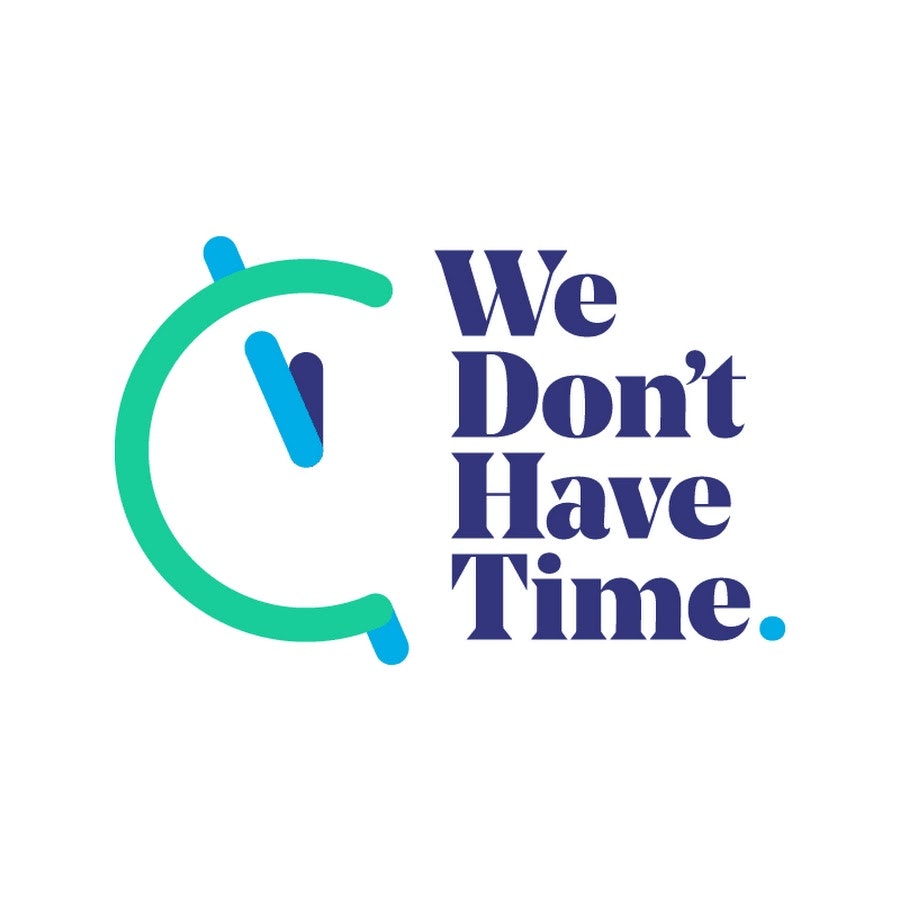Personal loans have become a go-to financial solution for many needs in today’s fast-paced world. Whether covering a medical emergency, consolidating high-interest debt, or financing a wedding, personal loans are flexible and provide quick access to funds. However, applying for one can be overwhelming, especially for first-time borrowers.
This guide outlines critical steps and considerations to avoid hiccups and ensure a seamless personal loan application process.
1. Assess Your Financial Readiness
Before applying for a personal loan, evaluating your financial situation is vital. Start by determining your monthly income, expenses, and existing debt. Calculate your debt-to-income (DTI) ratio, which compares your gross monthly income to your monthly debt payments. This ratio provides insight into your repayment capacity and helps you select a loan amount that fits within your financial means.
Realistically assessing your ability to repay ensures you can manage the loan EMI alongside other expenses without disrupting your financial stability. Knowing your affordability range beforehand improves your chances of approval while preventing over-borrowing.
2. Know Your Credit Score
Your credit score is one of the most important factors lenders consider when evaluating your application. It represents your repayment ability and history, influencing the terms and rates offered to you. A high credit score reflects responsible financial behaviour, leading to lower interest rates and better loan terms.
Request a copy of your credit report in advance to avoid hassles during the application process. Check it thoroughly for inaccuracies or errors that could negatively impact your score. If your score is lower than desired, work on improving it by settling existing debts, disputing errors, and avoiding new credit inquiries before applying.
3. Understand Loan Eligibility Criteria
Understanding personal loan eligibility criteria is crucial before applying. Every lender has specific eligibility requirements for personal loans. These typically include age, income level, employment stability, and minimum credit score thresholds. Familiarise yourself with general requirements such as the minimum age (21 years in most cases) and proof of income. Some lenders may also require evidence of job stability.
Having the necessary documents ready simplifies the process. Commonly required documents include identity proof, address proof, income proof, and recent bank statements. While some lenders offer a fully paperless application process, being prepared with these documents helps avoid unnecessary delays.
4. Compare Interest Rates and Fees
The interest rate and associated fees determine the cost of borrowing a personal loan. Interest rates vary across lenders and can significantly affect the overall cost of the loan. Additionally, be mindful of processing fees, prepayment charges, and other hidden costs.
Conducting a thorough comparison of loan offers across financial institutions ensures you secure the most competitive deal. While a low interest rate might seem appealing, consider other charges that could increase the total repayment amount.
5. Choose the Right Loan Tenure
The tenure of a personal loan affects both the monthly EMI and the total interest paid over its term. Longer tenures result in lower EMIs but higher overall interest payments. Conversely, shorter tenures mean higher EMIs but reduced interest costs.
Strike a balance between manageable EMIs and the total loan cost. Use an online EMI calculator to evaluate how different tenures impact your repayment schedule, and choose a tenure that aligns with your income and expenses.
6. Explore Repayment Flexibility
Not all lenders offer the same level of repayment flexibility. Some provide features like step-up repayment plans, which allow you to pay lower EMIs initially and higher amounts later as your income increases. Others may permit partial prepayments or early loan closure, often with penalties.
Understanding these options helps you choose a loan that adapts to your financial situation, providing peace of mind during unexpected events such as job loss or economic downturns.
7. Simplify the Application Process
Technology has made loan applications significantly easier. Many financial institutions now offer online platforms that allow you to apply for personal loans without visiting a branch. These platforms often feature quick approvals and real-time updates, streamlining the process.
Ensure all your details are accurate and complete when submitting your application. Errors or missing information can lead to delays or rejections. Double-check all fields and be prepared for any follow-up queries from the lender.
8. Responsible Borrowing
A personal loan is a financial commitment that requires careful planning and responsible management. Avoid borrowing more than you need or can afford to repay. Timely payments not only maintain your credit score but also reduce financial stress. If your circumstances change, communicate with your lender to explore restructuring options or repayment flexibility.
Conclusion
When used responsibly, personal loans can be a powerful financial tool. Assessing your financial situation, understanding eligibility requirements, and comparing loan options will help you make an informed decision. Maintaining a good credit score and ensuring accurate documentation can further simplify the process.
Borrowing sensibly and managing your loan effectively is key to achieving long-term financial stability. By considering these factors, you’ll be better prepared to navigate the personal loan process and use it to reach your financial goals.












